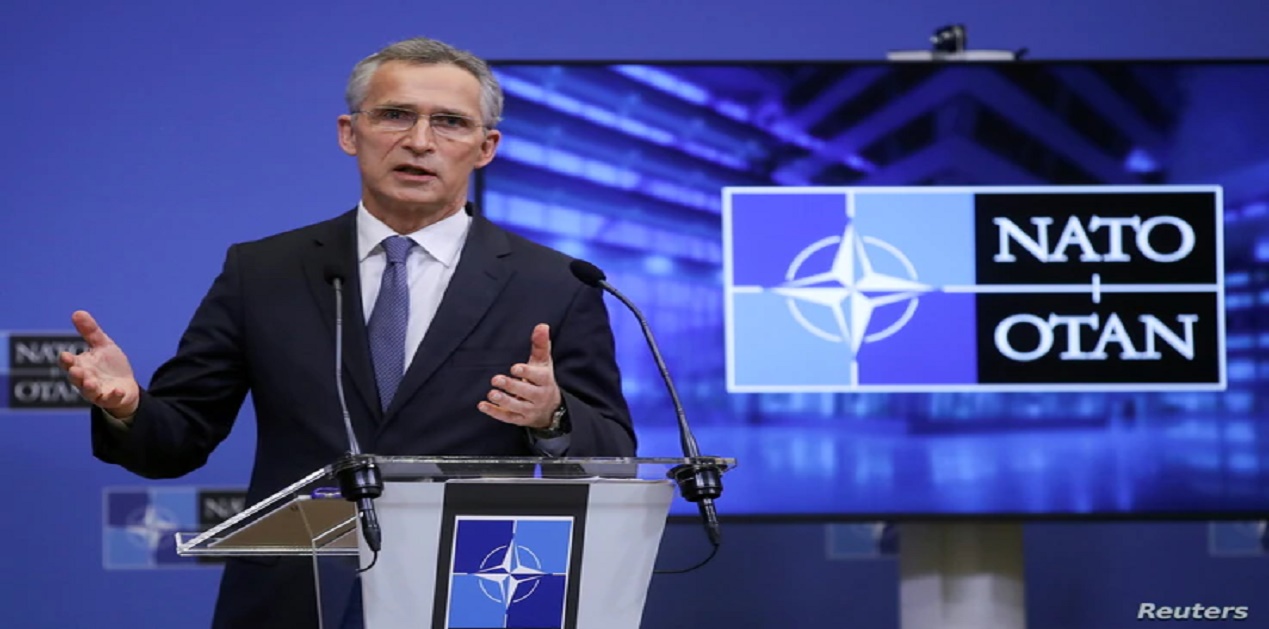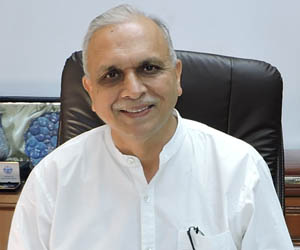The G7 summit meeting on 11 June, followed by the North Atlantic Council meeting (14 June), Russia-US summit (16 June) and the extension of the Russia-China Friendship Treaty for the next five years (28 June) give us important pointers to the shape of the emerging world.1
The G7 meeting was an attempt to show that the western world is united on basic democratic values and human rights. The carefully drafted summit communique tried to present an untied western stand against Russia and China. The basic theme was that China and Russia are authoritarian and not democracies; they are challengers and strategic rivals. Only limited need-based interaction with them would be possible.
The G7 called upon China to “respect human rights and fundamental freedoms” while asking Russia to “stop its destabilising behaviour and malign activities, including its interference in other countries’ democratic systems, and to fulfil its international human rights obligations and commitments.”
The G7 leaders came up with a global infrastructure initiative (Build Back Better World) seemingly as an alternative to China’s Belt and Road Initiative. They also sought to show that they are sensitive to the vaccine concerns of the developing world. They promised to supply 1 billion vaccines to developing countries by the end of 2022. While Chinese infrastructure and vaccine initiatives are up and running, the G7 vaccine initiatives’ details have yet to be worked out.
The G7 drew a line between the democratic and the non-democratic world, especially in relation to Xinjiang and Hongkong. They emphasised the “importance of peace and stability across the Taiwan Strait, and encourage the peaceful resolution of cross-Strait issues…”, adding, “ We remain seriously concerned about the situation in the East and South China Seas and strongly oppose any unilateral attempts to change the status quo and increase tensions.”
These formulations suggest uneasy coexistence with both Russia and China. One should expect frequent run-ins between the two sides.
North Atlantic Council Meeting
The North Atlantic Council meeting held in Brussels on 14 June was attended by President Biden. It produced a communique that was more explicit on Russia and took note of the nature of the security challenge from China.2
Trump had shaken NATO’s confidence. French President had once called NATO as ‘brain dead’. The US is taking a keen interest in NATO’s renewal. There are some signs of revival. Transatlantic alliance is being rebuilt. Agenda 2030 has been worked out. Yet another attempt is being made to work out a new security concept, taking into account the altered security environment.
The threat from Russia was explicitly spelt out in the Nato Council communique: “Russia’s growing multi-domain military build-up, more assertive posture, novel military capabilities, and provocative activities, including near NATO borders, as well as its large-scale no-notice and snap exercises, the continued military build-up in Crimea, the deployment of modern dual-capable missiles in Kaliningrad, military integration with Belarus, and repeated violations of NATO Allied airspace, increasingly threaten the security of the Euro-Atlantic area and contribute to instability along NATO borders and beyond.” The dialogue with Russia will remain suspended until it “demonstrates compliance with international law and its international obligations and responsibilities”.
What is interesting is that NATO is beginning to take a keen interest in China. For the first time, NATO leaders’ communique recognised the multifaceted security challenge that China presents to the rules-based international order and to the alliance itself. The communique stated quite explicitly that China’s “stated ambitions and assertive behaviour” are seen as presenting a challenge to the “rules-based international order” and in “areas relevant to Alliance security.” Concern was expressed at China’s rapidly expanding nuclear arsenal, its growing military capabilities, military-civil fusion strategy, its military cooperation with Russia, joint China-Russia exercises in the Euro-Atlantic area. The communique decided to “engage China with a view to defending the security interests of the Alliance.”
NATO does maintain a perfunctory dialogue with China. But now it is asking China to “engage meaningfully in dialogue, confidence-building, and transparency measures regarding its nuclear capabilities and doctrine.” China has rejected discussion about its nuclear arsenal and capabilities. It remains to be seen whether it will accept NATO’s offer. Seems unlikely.
Putin-Biden Summit
After the NATO Atlantic Council meeting, Biden met Putin in Geneva on 15 June. The much-awaited summit yielded some concrete results – the US and Russian ambassadors returned to their respective posts and the two sides agreed to start a strategic stability dialogue on arms control. They will also discuss cybersecurity. But that is more or less where it stops. In Putin’s words, the meeting was held in a “constructive spirit.” The leaders refrained from histrionics and hyperbole. Biden and Putin held separate press conferences to give their assessment of the discussions.3
In US strategic circles, Russia is a larger threat than China. The US congress in 2017 had declared Russia as its enemy and adversary. The interim national security strategy issued by the Biden administration also talks of Russia in a similar vein. The Putin-Biden Summit has not changed that.
In his press conference, Putin listed various subjects that were discussed. These ranged from Ukraine, cybersecurity, human rights, and Russian opposition leader Alexei Navalny’s jail to trade and economic sanctions as well as Russia’s Arctic policies. Putin described Biden - who had once characterised Putin as a ‘killer’ – as “an experienced statesman”.
Biden in his press conference said that the US wants a “stable and predictable” relationship with Russia. The US would cooperate where it is in mutual interest. Putin should know why the US behaves the way it does. There should be no confusion. Biden told Putin that human rights are “going to always be on the table”.
The US is extremely worried that its critical infrastructure has been repeatedly attacked by groups they believe are based in Russia. Biden proposed that “certain critical infrastructure should be off-limits to attack, by cyber or any other means.” Cyber is a highly complex area of contention. After the summit, there were mass ransomware attacks on the US companies, allegedly by groups based in Russia. It remains to be seen how cybersecurity discussions would proceed and whether the two sides will set up some mechanisms to deal with the issue.
The two sides also discussed the Iranian nuclear programme, Afghanistan, Syria and Ukraine (Minsk Agreement). These discussions were an exercise in strategic communication and not negotiations.
Biden has said he will see how things pan out in six months or a year. Both sides will evaluate the sincerity of the other side by the results on the ground.
China -Russia Friendship Treaty
On 28 June, President Putin and President Xi met virtually to extend the Russia-China friendship treaty of 2001 by another five years. President Xi described China -Russia relations as playing a ‘stabilising role in global affairs. He said that the two countries are upholding “true multilateralism and global justice.” Putin maintains a strategic ambiguity over military alliance with China. Last year he had rejected a military alliance with China but not ruled out such a possibility altogether.
The Return of Great Power Rivalries
The three important meetings have brought out that the West is trying to find a way of dealing with Russia and China. Russia is trying to save itself from being squeezed. China is angling for a “new type” of relationship which respects its pre-eminence. The contours of the new world will depend upon how the US, China and Russia find a new equilibrium. One thing is clear, the era of great power rivalries is upon us. These rivalries will be played out in Europe, the Mediterranean, the Indo-Pacific, the Arctic, and Eurasia. The three countries will also be active in the military, space, marine and cyber spheres. What remains to be seen is how these rivalries are managed in a world where other drivers like climate change, pandemics and the race for technology are in full play.
Endnotes
- The text of G7 summit communique is available at https://www.whitehouse.gov/briefing-room/statements-releases/2021/06/13/carbis-bay-g7-summit-communique/
- For the text of Brussles Communique see https://www.nato.int/cps/en/natohq/news_185000.htm?selectedLocale=en
- For the manuscript of Putin’s remarks after the summit with Biden see https://www.rev.com/blog/transcripts/russian-president-vladimir-putin-press-conference-transcript-after-meeting-with-biden-english-translation and for the manuscript of Biden’s remarks see https://www.rev.com/blog/transcripts/joe-biden-press-conference-transcript-after-meeting-with-putin
(The paper is the author’s individual scholastic articulation. The author certifies that the article/paper is original in content, unpublished and it has not been submitted for publication/web upload elsewhere, and that the facts and figures quoted are duly referenced, as needed, and are believed to be correct). (The paper does not necessarily represent the organisational stance... More >>
Image Source: https://im-media.voltron.voanews.com/Drupal/01live-166/styles/sourced_737px_wide/s3/2021-03/2021-03-24T122523Z_401496338_RC2OHM9QIPCG_RTRMADP_3_USA-BLINKEN-NATO-STOLTENBERG.JPG?itok=BbZwquH4











Post new comment